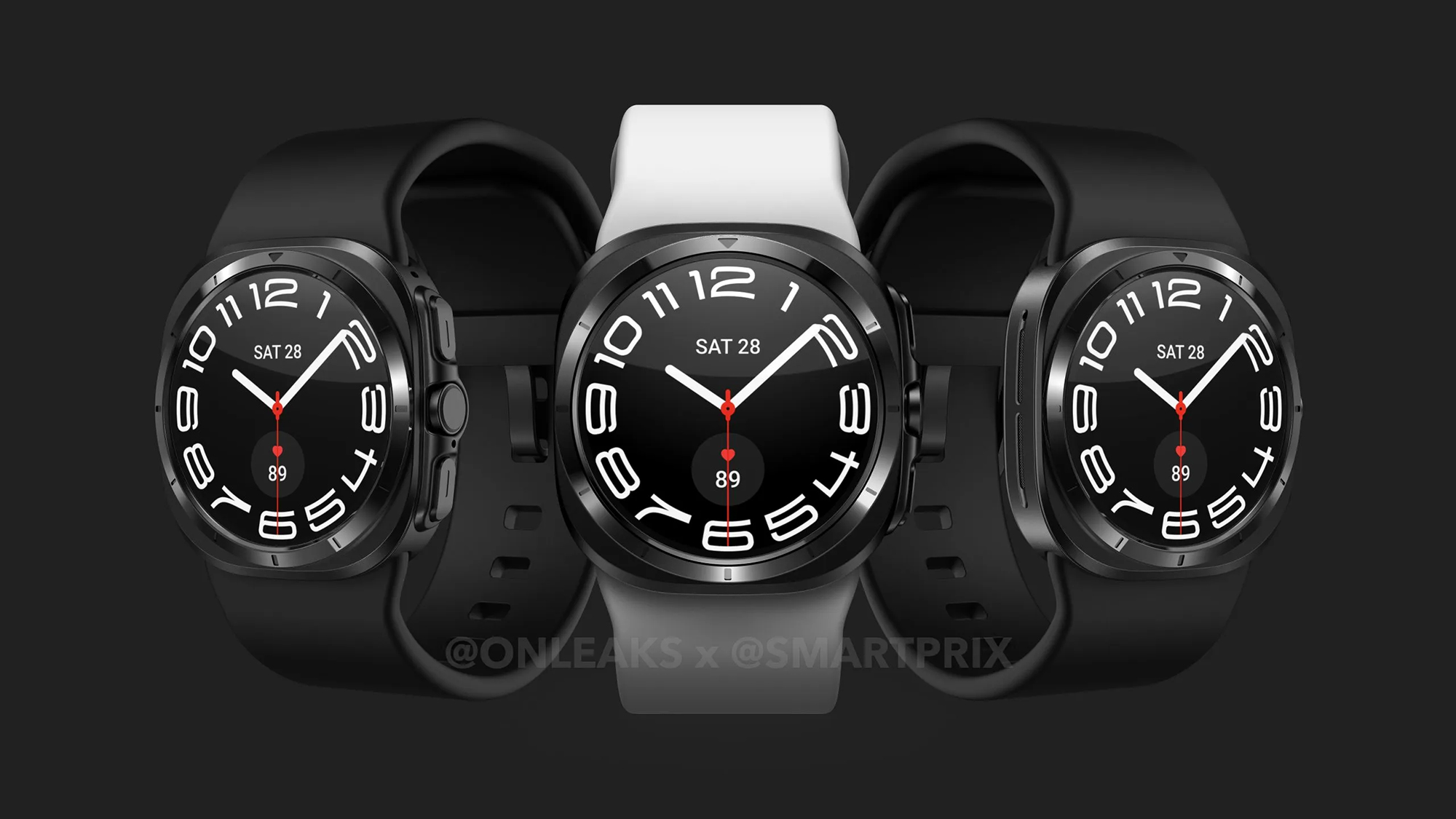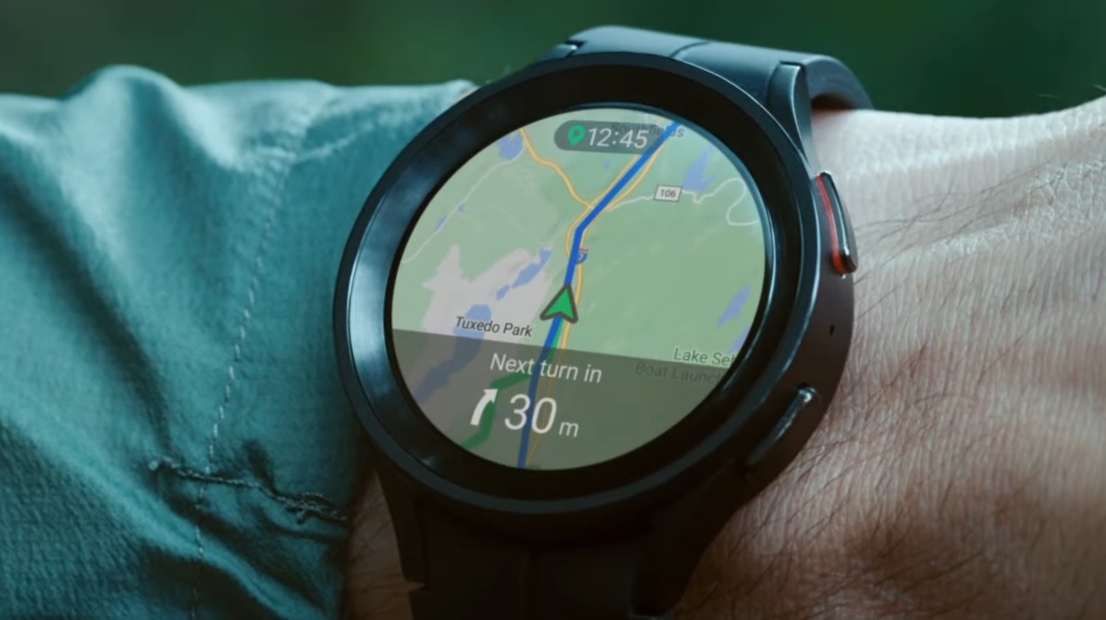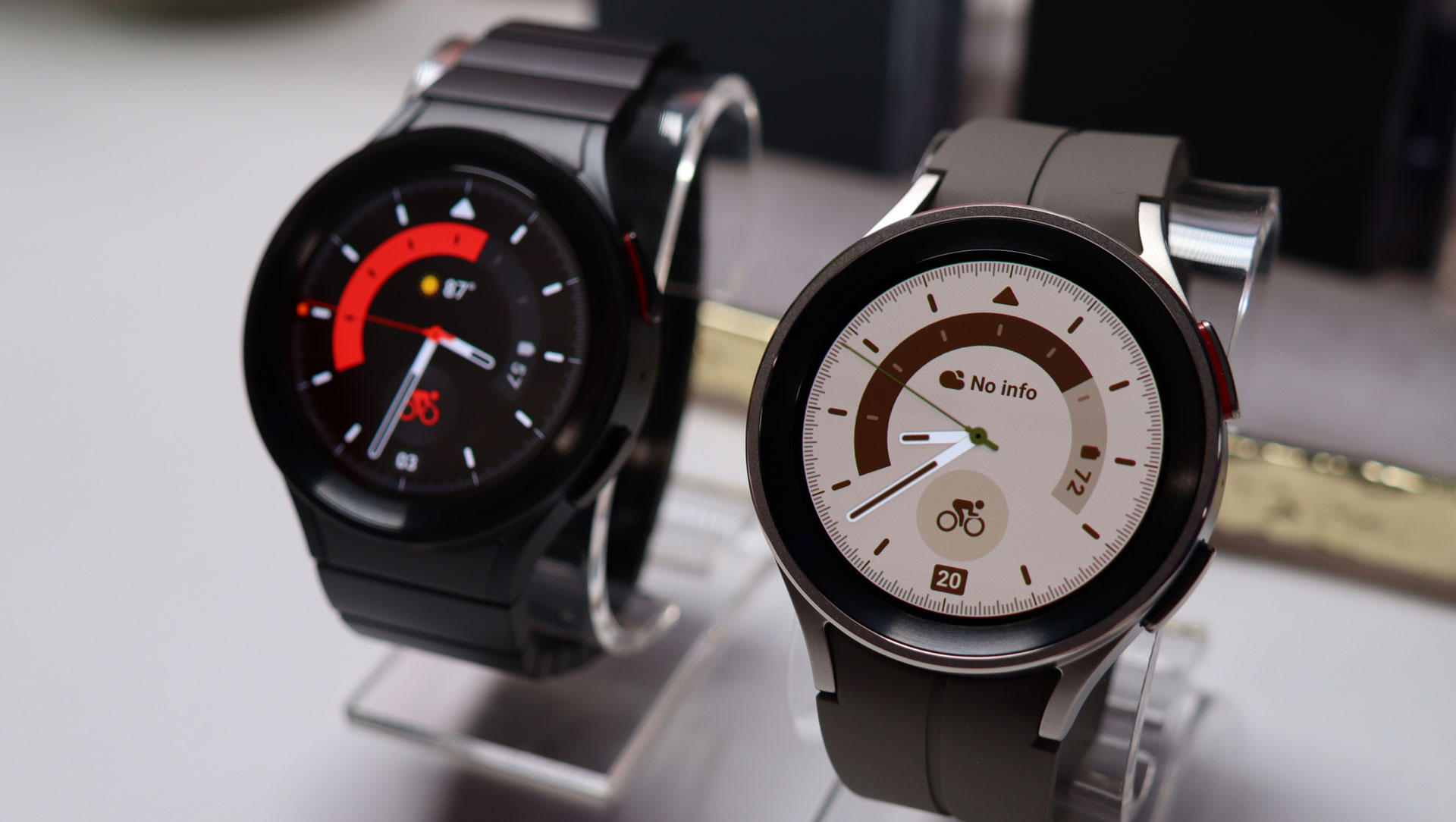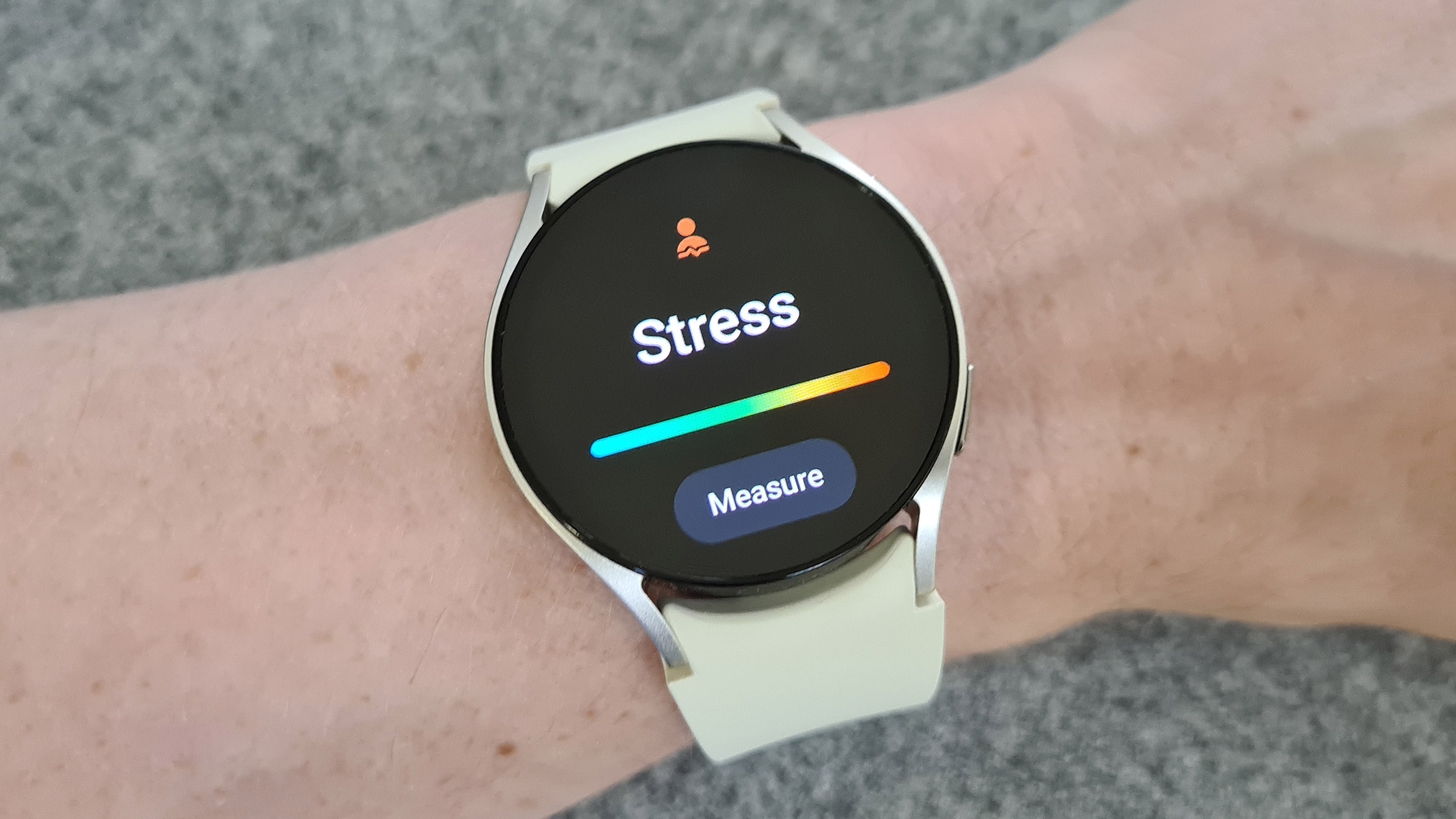3 features the Samsung Galaxy Watch Ultra needs to beat the Apple Watch Ultra
Samsung's rumored Galaxy Watch Ultra needs these 3 key features

The next Samsung Galaxy Unpacked is taking place in Paris and is scheduled for July 10, and while it looks like foldable phones will be out in force, we’re expecting wearables to be making the biggest splash this year. Putting aside the much-anticipated launch of the Samsung Galaxy Ring, we’ve already had a Samsung Galaxy Watch FE debut, we’ll certainly get a Samsung Galaxy Watch 7, and if the rumor mill is to be believed, a Samsung Galaxy Watch Ultra.
The Samsung Galaxy Watch Ultra, as the name suggests, would be Samsung’s answer to Apple’s best smartwatch ever – the Apple Watch Ultra 2. The Ultra 2 is Apple’s own response to the popularity of the best Garmin watches: a tough titanium tank of a watch, able to last for a weekend of outdoor fun if needs be, with more accurate GPS and workout options mapped to a new convenient action button.
If we can compare Apple Watches to Batmobiles, the Apple Watch Series 9 is the sleek, shiny version envisioned by Tim Burton, while the Ultra series is the chunky, hard-wearing Christopher Nolan version. We’re expecting Samsung’s all-but-confirmed adventure watch to share a similar rough-and-ready design ethos.
However, “similar” doesn’t mean “better”. The Apple Watch Ultra 2 may top our smartwatches list, but it’s not perfect. There are aspects of the watch Samsung could take and improve upon, combining it with Samsung’s already-excellent user experience and One UI Watch 5 operating system, in order to create a fantastic outdoor smartwatch experience for Samsung users. Who knows? It might even be enough to convince a few users to switch over from Apple.
1. Integrated maps and smoother route creation

Before the Samsung Galaxy Watch Ultra, there was the Samsung Galaxy Watch 5 Pro. Samsung’s earlier attempt at an adventure watch was an impressive step up from the Watch 5, with a “trackback” feature to stop you getting lost during hikes and runs, and the ability to allow you to follow turn-by-turn directions on routes from GPX files. GPX stands for “GPS Exchange Format file”, and contains information such as waypoints, routes and other geographic information.
What this means in user terms is that you could put together a route on a service like Strava Premium, download it to your watch, and follow it using the watch’s GPS, so you always know where you’re going. Essential on hikes and so forth, when streaming maps from your phone can be spotty.
The problem is that getting GPX maps, and then importing them to your Samsung watch, is a fiddly business. Apple can’t quite manage it: you can finally get online maps and download them to your watch via watchOS 11, but you can’t automatically sync it with workouts. You’ll have to use the Maps app, then open and start a workout, swapping between the two as needed.
Get daily insight, inspiration and deals in your inbox
Sign up for breaking news, reviews, opinion, top tech deals, and more.
The best implementation I’ve seen is Garmin’s: create a course in Garmin Connect using its excellent tool, sync it to your watch in seconds, open the workout app, and once you’ve chosen “Run” (or “Cycle” or “Hike or whatever) you’ll be presented with an option to follow a route you’ve created. Swapping between your workout data such as your heart rate and so on, and your map is the matter of a touch of a button.
Samsung should harness some of this simplicity and build route creation into the heart of its watch, as Garmin has done, rather than bolt it on as an afterthought. It’s one way to do things differently to Apple, which – for all its ultimate adventure watch credentials – can’t do this.
2. A longer battery life

Modern smartwatches, at least true smartwatches rather than the best running watches or best fitness trackers, tend to cap out at ludicrously short battery life times. The Samsung Galaxy Watch 6 is around 40 hours, while the Apple Watch Ultra 2 can only squeeze out 36 hours.
It sounds obvious, but in order to help an outdoor enthusiast choose Samsung’s Watch Ultra, it needs to put a shift in. Garmin watches can last weeks, even the newer models with AMOLED screens, and the (admittedly low-power, low-smarts) Coros Pace 3 lasts for almost a month.
The Samsung Galaxy Watch 5 Pro capped out at 80 hours, and that was two years ago. If Samsung can reach that sort of battery level with the Watch Ultra (while embarking on multiple GPS-powered workouts, please, retaining some semblance of usability - not the usual “low-power mode” caveat) it could really go a long way towards trumping Apple. Twice the battery power of competing Ultra-themed watches? That is, pardon the pun, a powerful argument.
3. More of Samsung’s improved recovery metrics

When I sat down with Samsung’s Vice President of Health, Dr Hon Pak, for a roundtable presentation on the Samsung Galaxy Ring back in January, almost all of the information on offer was on sleep and recovery. Samsung’s been investing in sleep, stress and wellness tracking metrics for a while now, a result of its watches improving on battery life, meaning they can be worn all day and night before needing a charge. Samsung will be adding a Vitality Score to the Galaxy Watch 6 series as well as the Galaxy Ring, and you can bet the Watch Ultra will have an emphasis on sleep too.
The Vitality Score will be similar to Garmin’s Body Battery, Apple’s new Vitals app and Fitbit’s Daily Readiness Score, in that they compare how well you’ve slept, with how much stress your body is under, using their own algorithms to create a score or rating. A high score might encourage you to either go out and seize the day, while a low score may mean you need to take things easy.
This is key stuff for an activity watch. If it’s designed to be worn non-stop for several very active days, Samsung’s sleep tracking metrics (which we know are going to be AI-powered) will need to provide detailed, personalized information about your health to keep you safe on the trails.
Samsung’s sleep profiles, which assigns you a recommendation on how to get the best sleep for your “sleep type” represented by a cute animal, are one way Samsung is going a step further than Apple to ensure its users recover from workouts effectively, but using that score to recommend workouts based on training intensity, like Garmin does, would be another step in the right direction.
You might also like:

Matt is TechRadar's expert on all things fitness, wellness and wearable tech.
A former staffer at Men's Health, he holds a Master's Degree in journalism from Cardiff and has written for brands like Runner's World, Women's Health, Men's Fitness, LiveScience and Fit&Well on everything fitness tech, exercise, nutrition and mental wellbeing.
Matt's a keen runner, ex-kickboxer, not averse to the odd yoga flow, and insists everyone should stretch every morning. When he’s not training or writing about health and fitness, he can be found reading doorstop-thick fantasy books with lots of fictional maps in them.